The killer whales terrorizing boats in southwestern Europe have just sunk their fifth yacht in three years. And experts have warned that further attacks are likely in the coming months after orcas unexpectedly changed their behavior in early 2024.
The attack on the boats by killer whales
On Sunday, May 12, 2024, an unknown number of killer whales (Orcinus orca) attacked the 49-foot-long (15-meter) sailing yacht called Alboran Cognac in the Strait of Gibraltar, a narrow body of water between southern and northern Spain Africa. which separates the Atlantic Ocean and the Mediterranean Sea. During the attack, which began around 9 a.m. local time, the orcas repeatedly rammed the boat’s hull and rudder, Reuters reported.
The yacht’s two-person crew radioed for help and were rescued by a passing oil tanker. But the vessel’s hull suffered severe damage in the attack and the yacht began taking on water, which ultimately caused it to sink, Reuters reported.
The attack was likely carried out by a growing number of individuals from the Iberian subpopulation of killer whales – a group of around 40 killer whales living off the coasts of Spain, Portugal, Morocco and Gibraltar – who attack boats throughout their range from 2020.
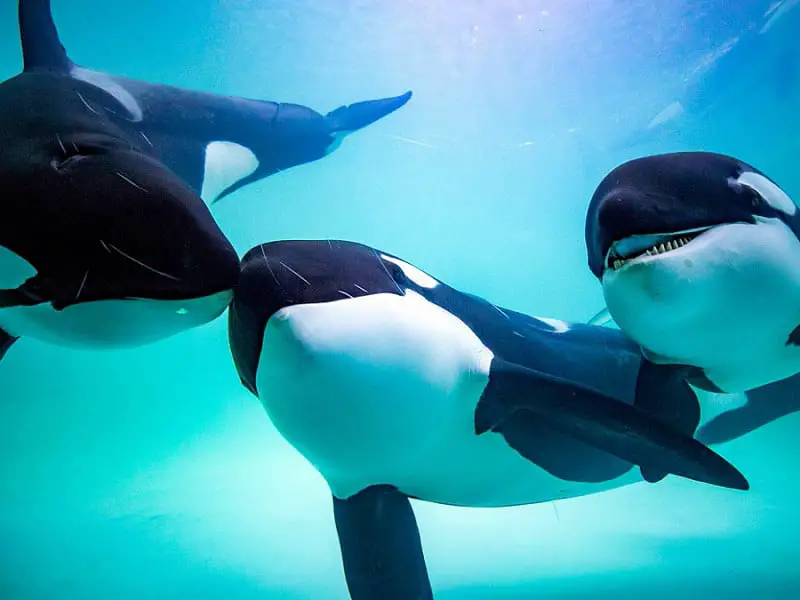
Most attacks occur between May and August each year in and around the Strait of Gibraltar. However, earlier this year, some of the highly social apex predators were spotted circling a boat in northern Spain, suggesting they have spread much further and earlier than normal.
As a result, Spanish authorities have warned boaters to avoid going too far from the coast and not to stop their boats if they are approached by orcas, according to a statement translated by the Spanish Society for Maritime Safety and Rescue.
Since the attacks began in 2020, sailors have reported about 700 interactions with orcas in the area, ranging from circling and pushing ships to ramming, ripping and sinking boats, Reuters reported.
The most recent sinking before this occurred on Halloween last year, when a pod of orcas sank a sailing yacht in the Strait of Gibraltar after an attack that lasted nearly an hour. Before that, at least three other boats had been sunk in the region between 2022 and early 2023. However, no humans were injured or killed.
During attacks, the orcas’ most common tactic is to damage or tear off the ship’s rudder, making it impossible to steer vehicles.
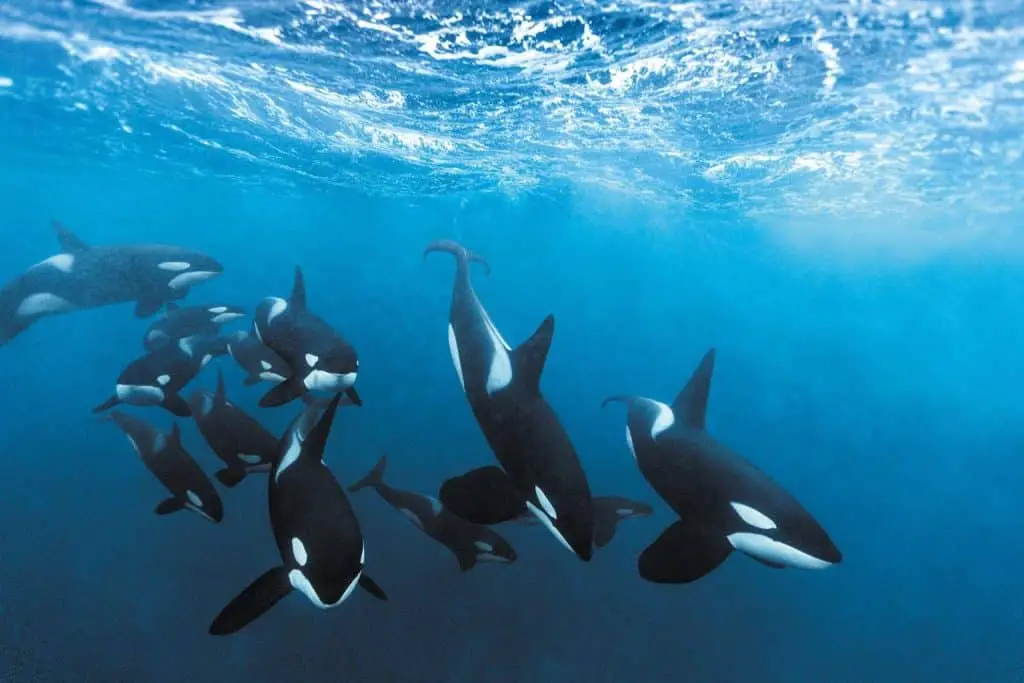
Researchers believe this is a learned behavior, and eyewitnesses have previously reported seeing individuals apparently teaching other orcas how to do it. As a result, the number of attacks has increased in recent years.
At least 15 people have so far been linked to at least one attack in the region. But researchers believe the attacks can be traced back to a single woman, named White Gladis, who may have been pregnant when she began harassing the boats. However, it is unclear exactly what triggered the attacks.
There was even speculation that the behavior spread beyond the Iberian population after an orca similarly attacked a boat in Scotland in 2023. However, this was an isolated incident, making it difficult to link it to the Iberian attacks.
How orcas earned their reputation as ‘killers’
Interest in orcas is currently on the rise, with attacks on boats off the coasts of Spain and Portugal, and a pair of liver-eating orcas targeting great white sharks off South Africa.
In “The Killer Whale Journals: Our Love and Fear of Orcas,” whale biologist and researcher Hanne Strager explores our relationship with one of the ocean’s largest predators. In the book excerpt below, the author examines the very first written descriptions of orcas and how early naturalists struggled to define these intelligent and deadly animals.
No one knows when killer whales were first identified as a species, but with their striking coloration and formidable size it seems likely that they were recognized very early.
In addition to the rock carvings, which obviously also qualify as a kind of description, we owe the first written description of orcas to Pliny the Elder, who lived in the 1st century AD. Pliny was a diligent and hard-working officer of the Roman Empire, who in his free time he tried to collect and present all the knowledge of the world in his magnum opus “Naturalis Historia”.
It is sometimes called the first encyclopedia since it covers almost everything about the natural world: astronomy, mathematics, botany, geography, pharmacology of everything. It’s all there together, along with human activities like mining, sculpture, painting and agriculture.
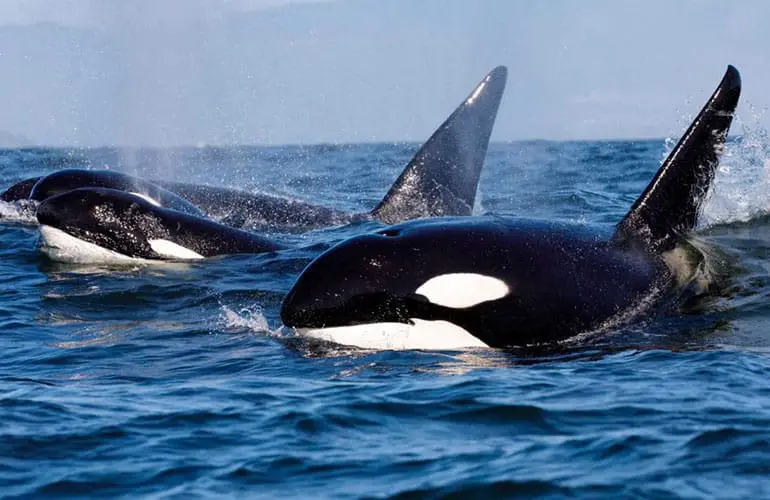
“Naturalis Historia” is not organized in alphabetical order like a modern encyclopedia but presents itself as a guided tour, like an ancient precursor of Bill Bryson’s enlightening and entertaining “A Short History of Nearly Everything”.
However, “Naturalis Historia” is not short (nor is Bryson’s book, if you think about it). Pliny’s includes no fewer than 37 volumes. Orcas appear in volume nine, “The Natural History of Fishes.” Here Pliny dedicates an entire chapter to whales, which at that time were classified as fish.
It was not as serious a mistake as it seems, although Pliny and others before him knew very well that whales were mammals that suckled their young from their mammary glands, breathed air with their lungs and not their gills, and had forelimbs instead of fins. . This is something they had probably learned by studying dead whales and dolphins found on the shore.
The fact that they were sea creatures that lived in water was the determining factor: they belonged to fish. But they were still so different that Pliny gives them a separate chapter compared to other fish.
Pliny tells how the great mysticetes sought refuge in secluded bays to give birth to their young and then adds: “This fact, however, is known to the orca, an animal particularly hostile to the balæna, and whose shape cannot be identified”. in no way adequately described, but as an enormous mass of flesh armed with teeth.”
Pliny states that desperate whales know well that their only resource is to take flight into the open sea and range over the entire face of the ocean; while the orcas, on the other hand, do everything they can to meet them in flight, they throw themselves in their way and kill them either by locking them up in a narrow passage, or pushing them onto a shallow bed, or smashing them into the sea. pieces against the rocks.
Pliny does not describe in detail what the killer whales looked like and it is possible that he had never seen them himself but relied on descriptions of seafarers and others who had encountered them.
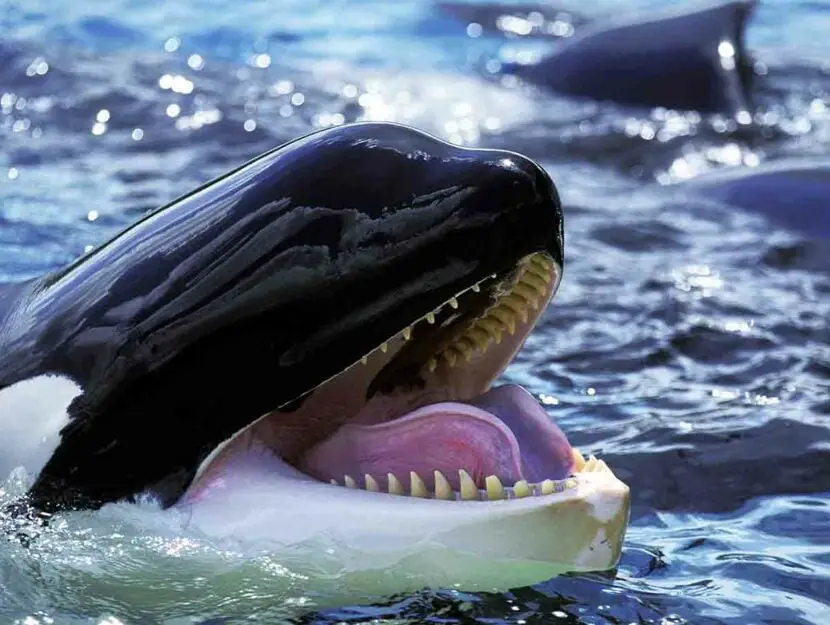
Pliny’s portrayal of killer whales as monstrous was an image that would stick with them for centuries. The orca’s behavior when hunting larger prey was also noted in another ancient book.
Between 1250 and 1260, the Norwegian king Håkon Håkonsson had a book made with instructions for his children about his kingdom and how to rule it, a sort of paternal introduction to the ins and outs of being a king.
The book is titled “The King’s Mirror” (Kongespeilet) and includes in-depth information on the most remote borders of his kingdom, including Iceland and Greenland: useful knowledge for Håkon’s descendants to enforce their sovereignty in such a kingdom vast.
Sea animals receive special attention, and varied and detailed knowledge of many whale species is included in the book. For a seafaring people like the Norwegians, this was vital information. Killer whales are famous for their greedy appetite:
“There is another type of whale called a grampus, which does not grow older than twelve years and has teeth in proportion to its size, just as dogs have. They are also voracious of other whales just as dogs are of other beasts. They gather in flocks and attack large whales, and, when they catch a large one alone, they become worried and bite it until it succumbs.”
Like Pliny, the author of “The King’s Mirror” considered all whales, including killer whales, to be fish, and they continued to be classified as fish for quite some time.
When the famous taxonomist and natural historian Linnaeus decided to give a name to all living organisms in the world, he also listed whales together with fish, at least in his first treatise of 1746. He was also the first to give killer whales a scientific name.
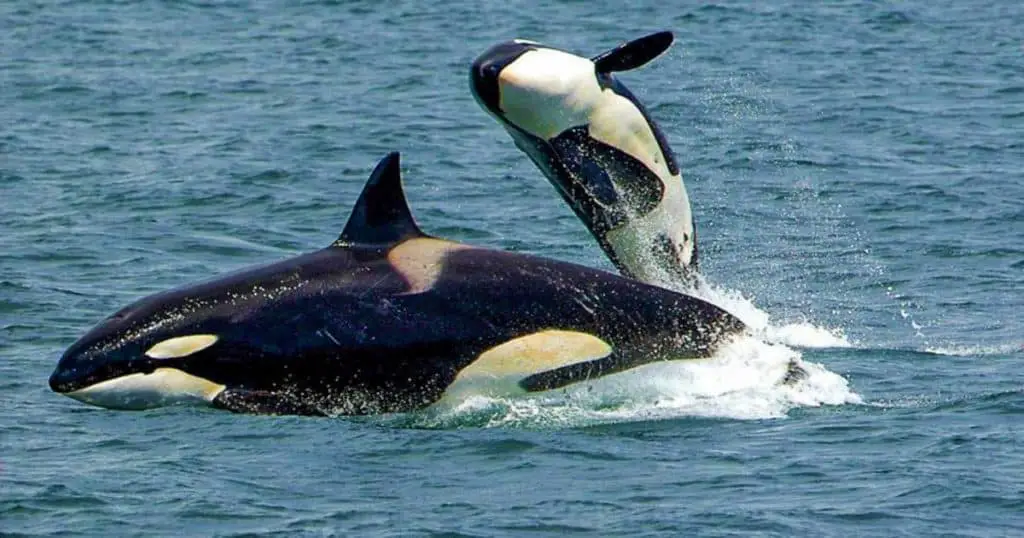
He called them Orcinus orca, keeping the name orca, which had existed at least since the time of Pliny, and adding Orcinus, which in Latin means “belonging to the underworld”. The meaning of the word orca is a bit obscure, but it may derive from orcus, meaning “underworld.” Others think it comes from the Latin word orca for “barrel” or “cask,” referring to the shape of a whale’s body.
When Linnaeus published the tenth edition of “Systema Naturae,” he made a quick decision and moved all whales and dolphins, including killer whales, to group them with other mammals and not with fish. He placed killer whales in the dolphin family (Delphinus) along with pilot whales, bottlenose dolphins and common dolphins.
Modern taxonomists, who have studied both the anatomy and genetics of this diverse family, agree with Linnaeus on this; Killer whales are essentially very large dolphins.
Locals in the areas where killer whales live, as well as sailors and whalers, knew these animals well, of course, and had plenty of names for them, such as blackfish in Canada, spekkhogger in Norway and ardlursak in Greenland, but the Natural historians continued to struggle with how to identify and characterize killer whales despite Linnaeus’s efforts.
The large size difference between the dorsal fins of males and females, for example, was confusing. Were there two different species or just one? And the many different accounts of coloration perplexed even natural historians, so eager to assign each species a designated space in the order of life.
Sometimes the orcas were black and white, while other times they were described as black and yellow or with a purple color on their sides. The confusion was no doubt exacerbated by descriptions made of dead animals, as a whale’s color changes rapidly after death as decomposition begins.
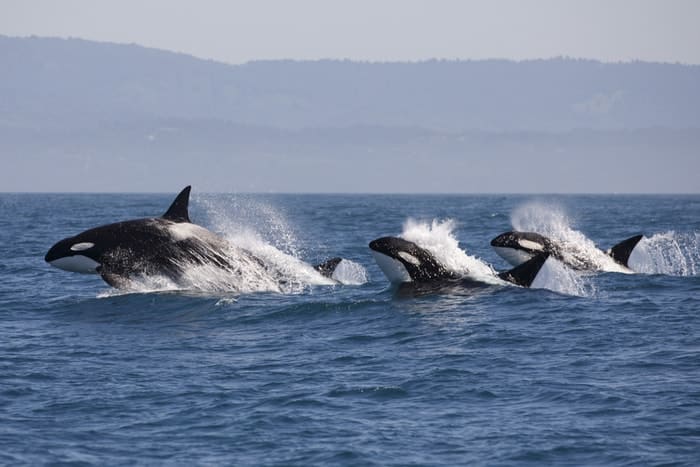
Much of this uncertainty vanished when Danish zoologist Daniel Eschricht performed an autopsy on a dead killer whale in 1861. After the dissection he wrote a detailed description that cleared up most of the ambiguities. But his report became famous for a very different reason and helped bolster the killer whales’ bloodthirsty reputation.
He claimed to have found the remains of no fewer than 13 seals and 14 porpoises in the dead whale’s stomach. His remarks are still cited around the world and continue to raise eyebrows. Could her report really be true or has she exaggerated wildly?
When intrepid biology student Hanne Strager volunteered to be a cook on a small research vessel in Norway’s Lofoten Islands, the voyage inspired a decades-long journey into the lives of killer whales – and an exploration of people’s complex relationships with largest predators on earth.
The Killer Whale Journals chronicles the fascinating globetrotting adventures of the now internationally famous science writer, documenting Strager’s personal experiences with orcas in the wild.
#Killer #whales #attacked #sank #5th #boat #Europe
